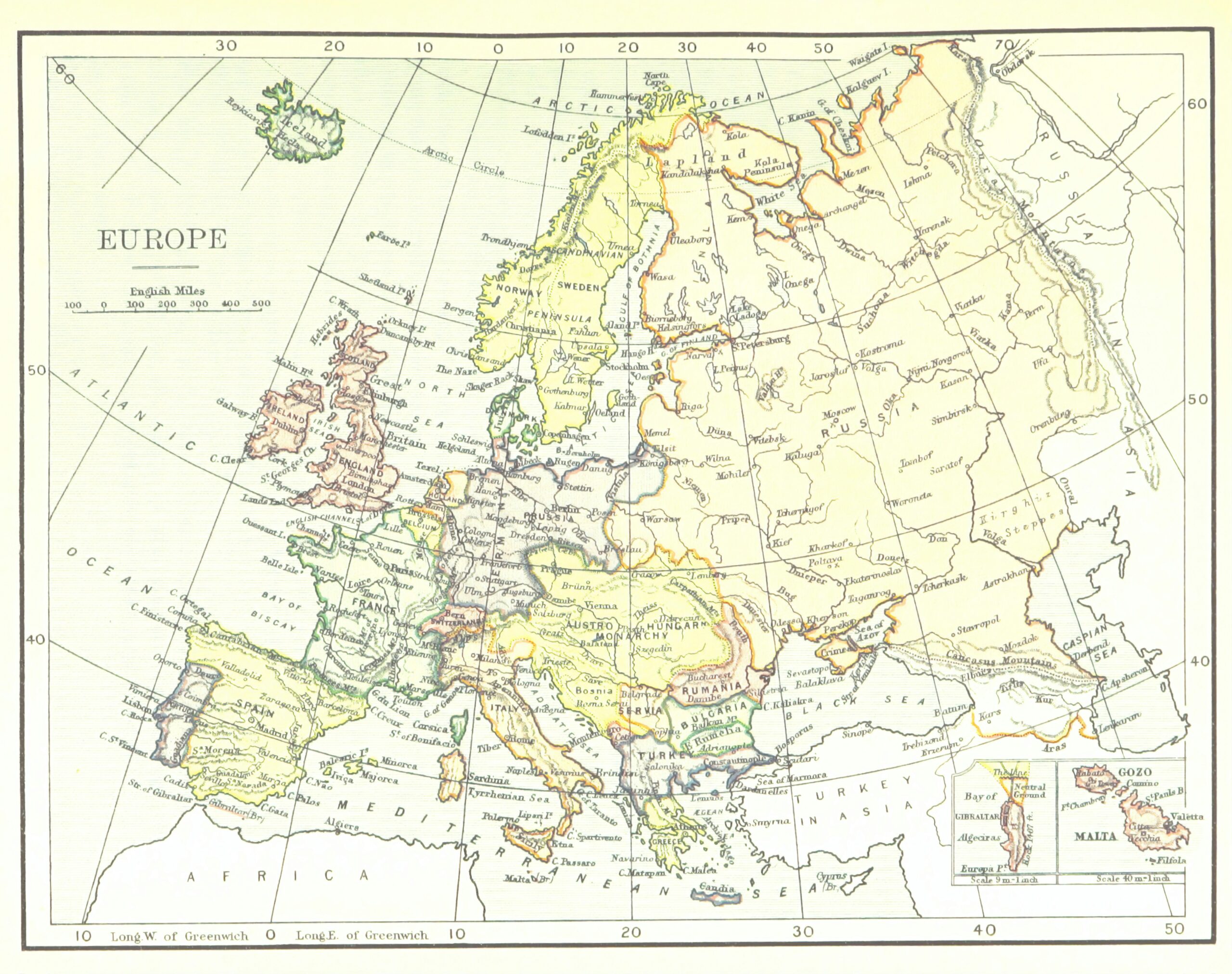Introduction to the Incident
The collision between a cargo ship transporting sodium cyanide and an oil tanker in the North Sea marks a significant event with serious implications for maritime safety and environmental integrity. This incident, which occurred under conditions typically navigable for commercial vessels, raises concerns regarding the effectiveness of current regulations governing the transport of hazardous materials across international waters. Sodium cyanide, a highly toxic substance widely used in mining and industrial processes, poses substantial risks not only to human health but also to marine ecosystems in the event of a spill.
On that fateful day, the cargo ship, laden with sodium cyanide, was en route to its destination when it unexpectedly collided with an oil tanker. Initial reports suggested poor visibility caused by adverse weather conditions may have contributed to the incident. The aftermath of the collision resulted in an urgent response effort, focusing on containing potential leaks and minimizing environmental damage. Maritime authorities were swiftly mobilized to manage the consequences of this collision, given the toxic nature of the cargo involved.
The implications of the incident extend beyond immediate safety concerns, highlighting vulnerabilities in the maritime transport sector, particularly regarding hazardous materials. As worldwide shipping traffic increases, incidents like this underscore the necessity for stricter enforcement of safety regulations and comprehensive training for crew members operating vessels transporting dangerous cargo. The ramifications of such a calamity illuminate the persistent intersection between commerce and environmental stewardship, stressing the need for enhanced precautionary measures and safety protocols. Recognizing these threats is crucial in the ongoing dialogue concerning maritime safety and environmental protection, especially in heavily trafficked areas like the North Sea.
The Role of Sodium Cyanide
Sodium cyanide (NaCN) is a highly toxic compound primarily known for its applications in mining and chemical industries. Its most significant and widespread use is in the extraction of gold and silver from ore through a process known as cyanidation. This involves dissolving precious metals in a cyanide solution, which allows for efficient recovery of these valuable resources. However, sodium cyanide is also utilized in various other sectors including manufacturing pharmaceuticals, electroplating, and the production of certain dyes and pesticides.
The chemical properties of sodium cyanide contribute to its dangerous reputation. It appears as a white, water-soluble solid and has a characteristic bitter almond odor, although not everyone can detect this scent. Sodium cyanide is highly reactive and can release hydrogen cyanide gas, particularly when in contact with acids, making it a hazardous material in environments where exposure can occur. The compound must be handled with extreme care and precision, adhering strictly to established safety guidelines to mitigate risks associated with its use.
Overall, understanding the role of sodium cyanide, along with its industrial applications and the associated risks, underscores the need for vigilance in its handling and transportation. The incident involving a cargo ship and oil tanker in the North Sea highlights the urgency for strict safety measures within sectors that handle such perilous substances.
Overview of Maritime Shipping Regulations
Maritime shipping regulations play a crucial role in ensuring the safe transportation of hazardous materials, such as sodium cyanide. The complexity of these regulations arises from the need to balance trade freedoms with the imperative of environmental protection and public safety. A wide range of international treaties, national laws, and safety protocols governs this field, each addressing different aspects of maritime transport.
Internationally, the International Maritime Organization (IMO) sets the framework for maritime safety and environmental protection through various conventions. The International Convention for the Safety of Life at Sea (SOLAS) is one of the primary treaties influencing shipping regulations, ensuring that all vessels meet safety standards to protect both crew and cargo. Additionally, the International Maritime Dangerous Goods (IMDG) Code serves as a key reference for the classification, packing, and transportation of hazardous materials, including sodium cyanide. This code stipulates how such substances must be handled and identifies necessary precautionary measures during transport.
At the national level, countries may have specific regulatory bodies that implement and enforce these international treaties. For example, the U.S. Department of Transportation oversees the transportation of hazardous materials within the United States, ensuring compliance with regulations that aim to minimize risks associated with shipping dangerous goods. Safety protocols are supplemented by rigorous training and certification programs for crew members who handle such materials, emphasizing the importance of adherence to safety measures.
Furthermore, shipping companies must conduct thorough risk assessments before transport, employing best practices and emergency response plans to mitigate potential hazards. Each segment of the transport process—from loading to unloading—requires strict compliance with established safety regulations to prevent accidents that could lead to environmental disasters and endanger human lives. In this context, understanding and properly implementing maritime shipping regulations is essential for the safe transport of hazardous materials like sodium cyanide.
Details of the Collision Incident
On the early morning of July 15, 2023, a serious maritime incident occurred in the North Sea, involving a cargo ship transporting sodium cyanide and an oil tanker. At approximately 03:30 UTC, the cargo ship, identified as MV Triton Wave, was in transit through a busy shipping lane when it collided with the MV Oceanic Glory, an oil tanker. According to preliminary reports from maritime authorities, the collision transpired under less than ideal navigational conditions, exacerbated by dense fog that limited visibility to less than 100 meters.
As the vessels approached one another, their crews were reportedly focused on navigation systems aimed at avoiding such dangerous encounters. However, despite their efforts, the ships intersected paths, leading to a significant impact on the starboard side of the cargo ship. This caused a breach in its hull, resulting in a leak of sodium cyanide into the surrounding waters. Fortunately, the oil tanker sustained only minor damage, allowing its crew to swiftly initiate emergency procedures.
Following the collision, the Maritime and Coastguard Agency (MCA) dispatched search and rescue teams to the scene. Initial eyewitness accounts suggest that both crews acted promptly, with the cargo ship’s captain issuing an emergency signal to alert nearby vessels. Local fishing boats assisted in the rescue, aiding the evacuation of crew members from the stricken ship. Reports indicated that all 24 crew members aboard MV Triton Wave were successfully evacuated without serious injury.
The aftermath of the collision raised immediate concerns regarding environmental impacts, with authorities mobilizing containment measures to address the sodium cyanide leak. Investigations were quickly launched to examine the causes of the collision, focusing on navigation errors, weather conditions, and compliance with safety protocols. Such comprehensive evaluations are crucial in understanding how to better prevent similar incidents in the future, ensuring safer maritime operations.
Environmental Impact Assessment
The recent collision between a cargo ship transporting sodium cyanide and an oil tanker in the North Sea has raised significant concerns regarding the environmental implications of such an incident. Sodium cyanide is known for its high toxicity, particularly in aquatic environments. The release of this substance into the ocean can have immediate and catastrophic effects on marine life, primarily through the disruption of oxygen levels, which are vital for the survival of various aquatic organisms.
When sodium cyanide enters the ocean, it quickly dissociates into cyanide ions that can be absorbed by fish, crustaceans, and other marine creatures. These organisms may suffer acute poisoning, leading to respiratory failure and, in some cases, mass mortality. The cascading effects on the food web could be dire, as predators reliant on these species would find their food sources diminished. Furthermore, phytoplankton, which forms the basis of marine ecosystems, could also be negatively affected, resulting in diminished oxygen production and long-term ecological instability.
Beyond the immediate biological consequences, the incident poses risks to coastal communities that depend on marine resources for their livelihood. Contamination of water sources and marine ecosystems may lead to the closure of fisheries, impacting local economies and food supplies. The socio-economic ramifications could include loss of income and unemployment, which could perpetuate further hardships for these already vulnerable populations.
In addition, long-term consequences of sodium cyanide contamination could manifest in delayed health effects for marine life and humans alike, as cyanide compounds can be persistent within certain environmental niches. Monitoring efforts and remediation strategies will need to be established post-incident to gauge the full impact and mitigate damages. The necessity for comprehensive environmental assessments and protective measures cannot be overstated to prevent future occurrences and safeguard marine biodiversity and community welfare.
Response and Recovery Efforts
The collision between the cargo ship and the oil tanker in the North Sea prompted immediate actions from emergency services, environmental agencies, and the shipping companies involved. The incident underscored the importance of prompt response measures and coordination among various entities to address the potential environmental and human risks associated with the cargo, particularly sodium cyanide, which poses significant dangers.
Upon notification of the collision, local emergency services mobilized rapidly, deploying specialized response teams to the site. Their initial priority was to assess the situation, ensuring the safety of the crew on both vessels and any nearby maritime traffic. Emergency responders utilized boats and helicopters to execute any necessary rescue operations for individuals stranded or in distress due to the incident, successfully evacuating personnel from both ships.
In parallel with search and rescue efforts, environmental agencies took immediate action to assess the potential impact of sodium cyanide leakage into the marine environment. These agencies, in conjunction with environmental experts, implemented containment measures designed to prevent the spread of contaminants. Booms and other devices were strategically placed around the perimeter of the spill to contain the hazardous material, thereby mitigating ecological damage.
Cleanup operations commenced shortly after the incident, involving coordinated efforts from various stakeholders, including the shipping companies and environmental agencies. Specialized teams were tasked with the removal of sodium cyanide from the water, employing safe handling protocols that adhered to regulatory standards. Continuous monitoring of the surrounding area ensured that recovery actions remained effective and that any further threats to marine life and ecosystems were promptly addressed. The collaboration among these entities exemplifies the crucial synergy required to mitigate the consequences of maritime disasters effectively.
Lessons Learned from the Incident
The collision between the cargo ship and oil tanker in the North Sea serves as a stark reminder of the complexities and risks associated with maritime transportation, particularly when hazardous substances like sodium cyanide are involved. This incident underscores the critical importance of reinforcing safety protocols to prevent future occurrences. Ensuring that vessels follow stringent safety guidelines can significantly mitigate the risks associated with cargo transport, especially for materials classified as dangerous.
One of the key lessons derived from this incident is the need for improved communication between vessels operating in shared maritime spaces. Effective communication systems can foster timely sharing of information about navigational hazards, vessel positions, and intentions, thereby lowering the chances of accidents. In an environment as dynamic as the North Sea, having a reliable communication protocol is essential to maintaining situational awareness and enhancing maritime safety.
Furthermore, this event prompts a thorough review of existing regulations surrounding the transport of hazardous materials. Regulatory bodies must ensure that their guidelines are robust enough to address the inherent dangers posed by substances like sodium cyanide. This could involve revisiting licensing requirements, safety training standards for tanker crews, and the implementation of more rigorous inspection regimes. By reassessing these regulations, authorities can help establish a safer framework for the transport of hazardous materials, minimizing the likelihood of similar incidents in the future.
Incorporating the lessons learned from the North Sea collision, the maritime industry can take proactive measures to enhance safety protocols, foster improved communication among vessels, and revise regulations pertaining to hazardous cargo transport. The goal is not merely to respond to incidents reactively but to cultivate a culture of safety and responsibility in maritime operations.
Future of Maritime Safety Regulations
The collision between a cargo ship carrying sodium cyanide and an oil tanker in the North Sea has intensified the discourse surrounding maritime safety regulations. With hazardous materials frequently transported across busy maritime routes, the need for stringent safety measures and protocols has never been more urgent. Stakeholders are now prompting a thorough reevaluation of existing maritime policies to mitigate the risks associated with transporting dangerous cargo.
In response to this incident, discussions among policymakers, industry leaders, and regulatory bodies have escalated. There are continuing debates about enhancing existing guidelines related to the transportation of hazardous materials. These discussions may result in the reevaluation of the International Maritime Organization’s (IMO) regulatory framework. One potential change includes stricter routing protocols for vessels transporting toxic cargo, ensuring they navigate through less congested areas to reduce collision risks.
Furthermore, regulatory bodies are considering the implementation of advanced technological solutions to enhance vessel tracking and monitoring systems. This move could facilitate better communication between ships and marine traffic control, allowing for the timely warning of nearby vessels about potential hazards. Additionally, fostering collaboration among international maritime organizations can lead to unified standards that protect both the marine environment and human safety.
Another significant aspect of the proposed changes is the training and certification of crew members responsible for vessels carrying hazardous materials. Ensuring that these professionals are well-versed in emergency response procedures and cargo handling protocols can play a pivotal role in reducing the likelihood of accidents. As discussions progress, it is evident that enhancing safety regulations is paramount in preventing similar incidents in the future, promoting a culture of safety across the maritime industry.
Conclusion
In reviewing the unfortunate incident involving a cargo ship and an oil tanker in the North Sea, it is clear that sodium cyanide poses significant dangers not only to human health but also to the environment. The collision underscores the complexities of maritime transport, particularly when hazardous materials are involved. The potential for catastrophic consequences when such materials are mishandled necessitates a thorough understanding of the risks associated with their transport.
This incident highlights the critical need for stringent maritime regulations to prevent similar occurrences in the future. The handling of chemicals like sodium cyanide must be approached with utmost care, and shipping companies must foster a culture of safety and compliance. Proper training for crews, regular maintenance and inspections of vessels, and adherence to safety protocols are essential elements in mitigating the risks involved.
Moreover, the repercussions of the accident extend beyond immediate dangers. The potential environmental damage that could result from the release of sodium cyanide into marine ecosystems poses a threat not only to wildlife but also to the livelihoods of those dependent on the sea. Protecting our waterways from such toxic substances is paramount in preserving biodiversity and ensuring sustainable maritime practices.
As we move forward, continued vigilance and improvement in maritime regulations and practices are necessary. Enhancing international cooperation and communication between shipping companies, port authorities, and environmental organizations can build a more resilient framework. The lessons from this incident serve as an essential reminder of our collective responsibility to maintain the safety of shipping operations and safeguard our oceans against hazardous materials.


